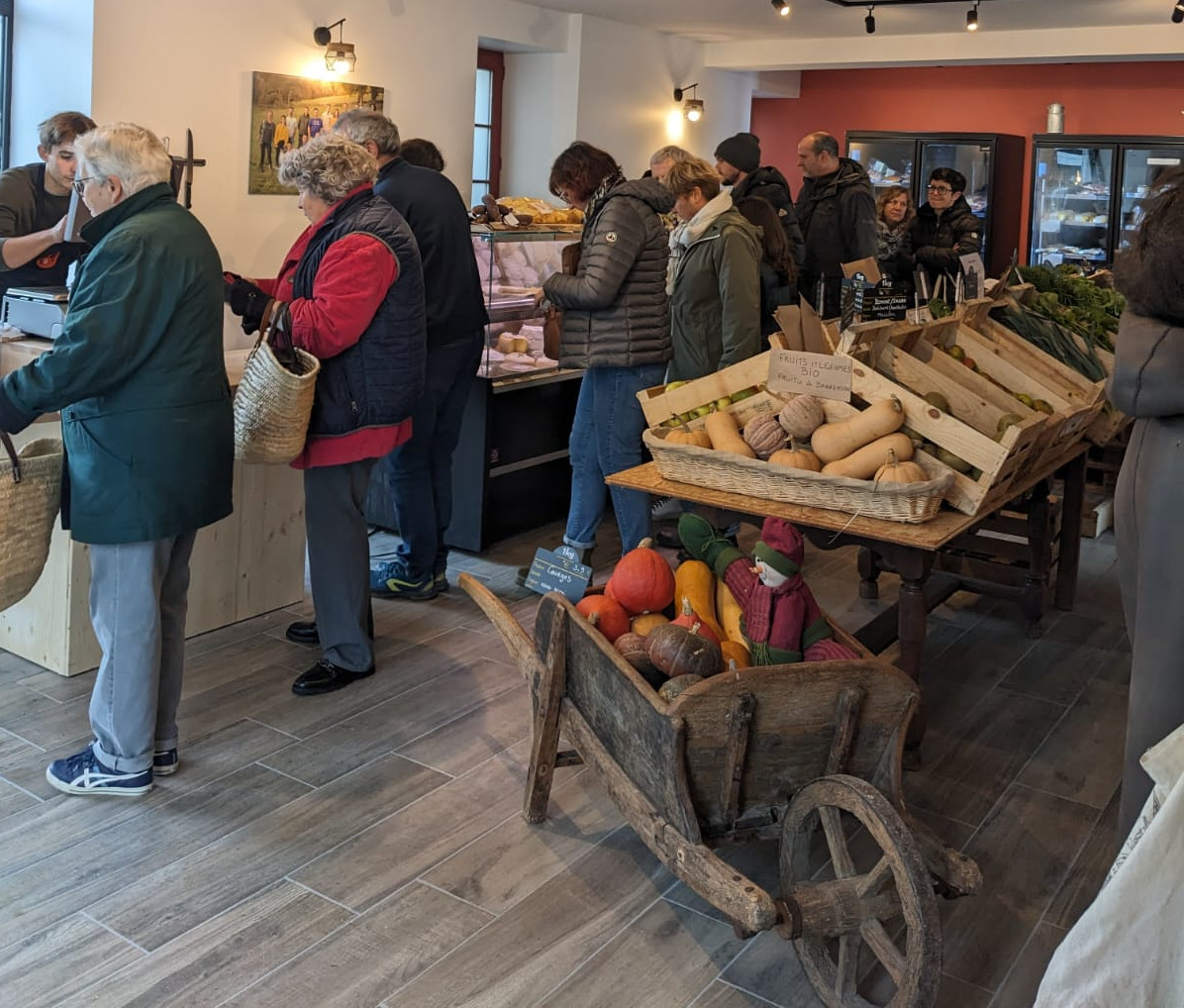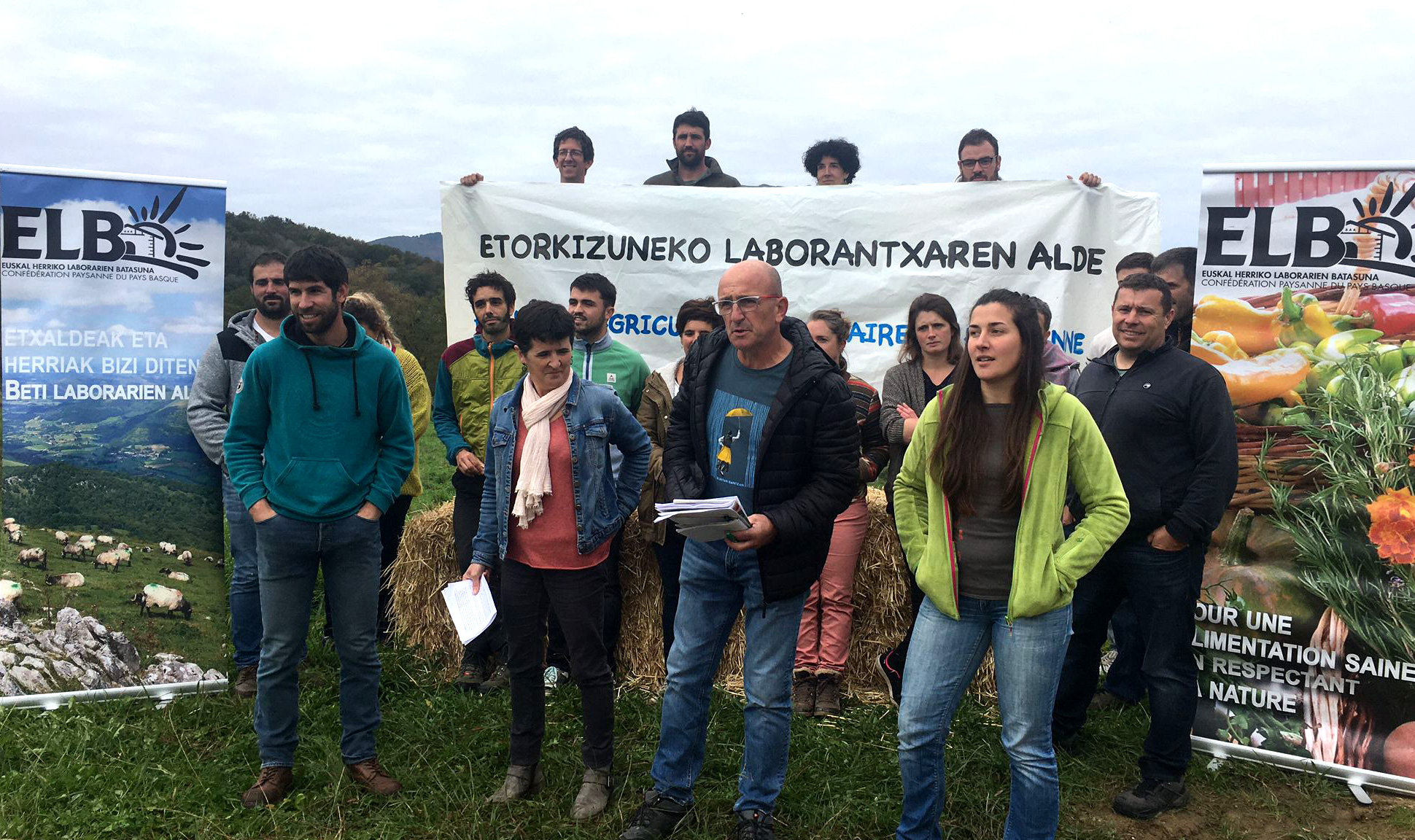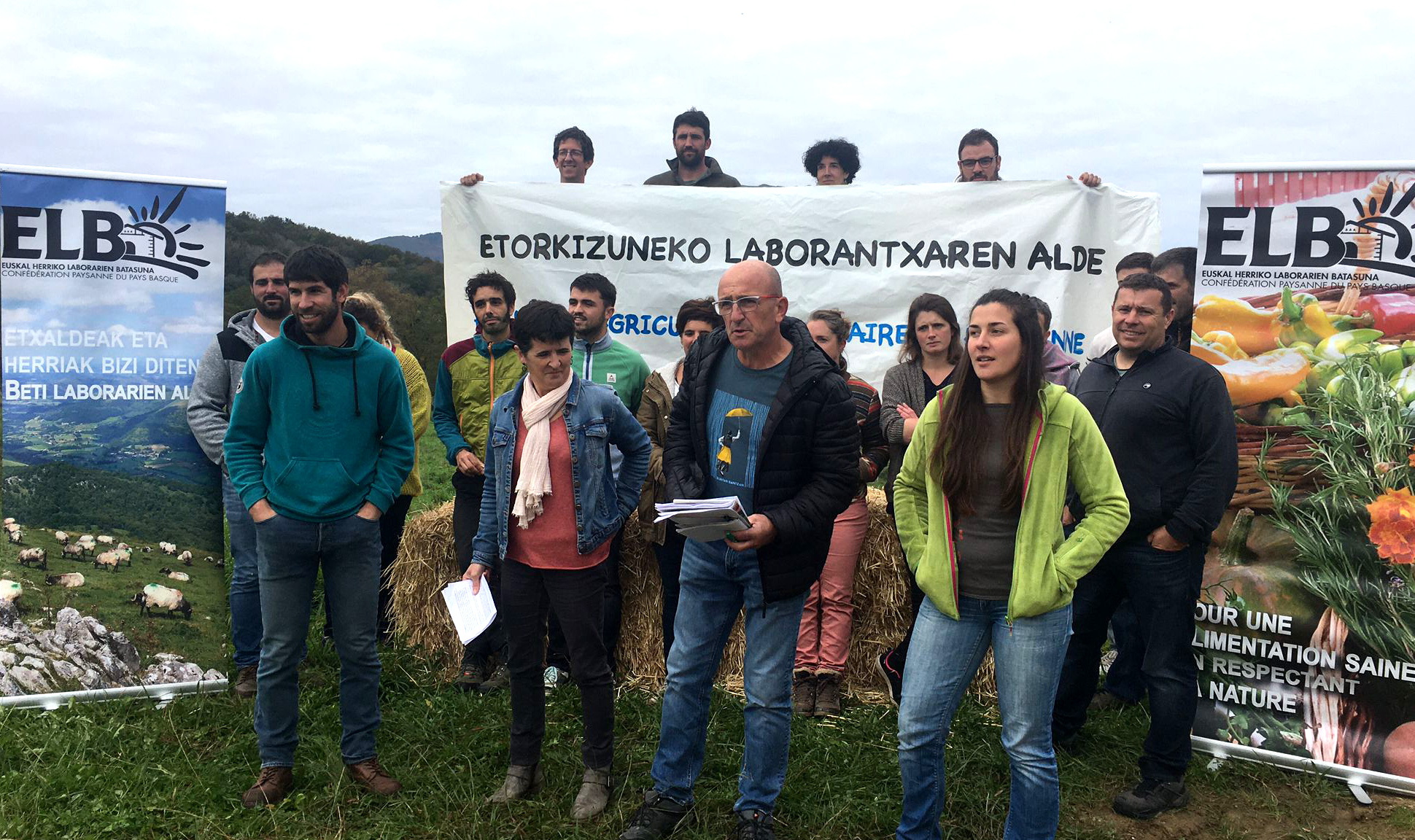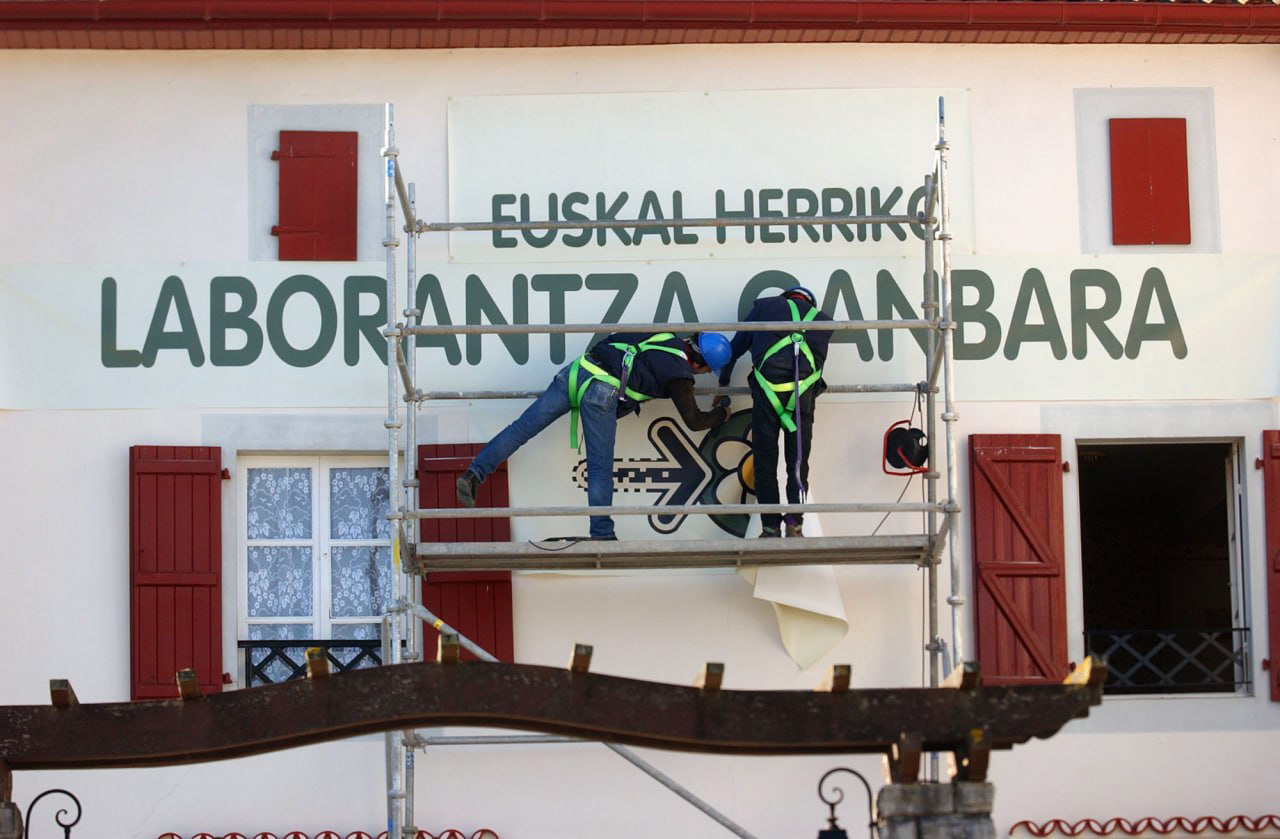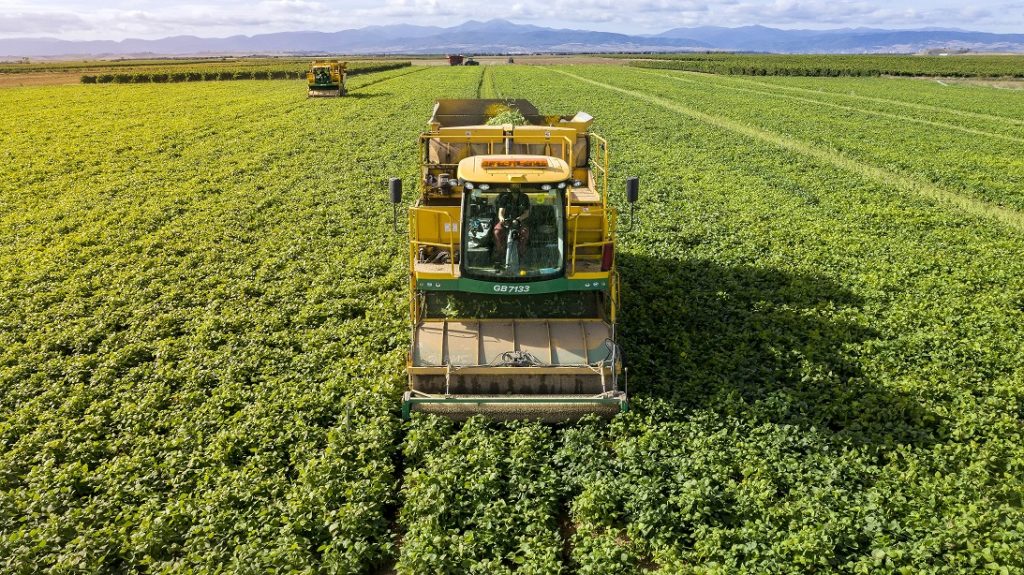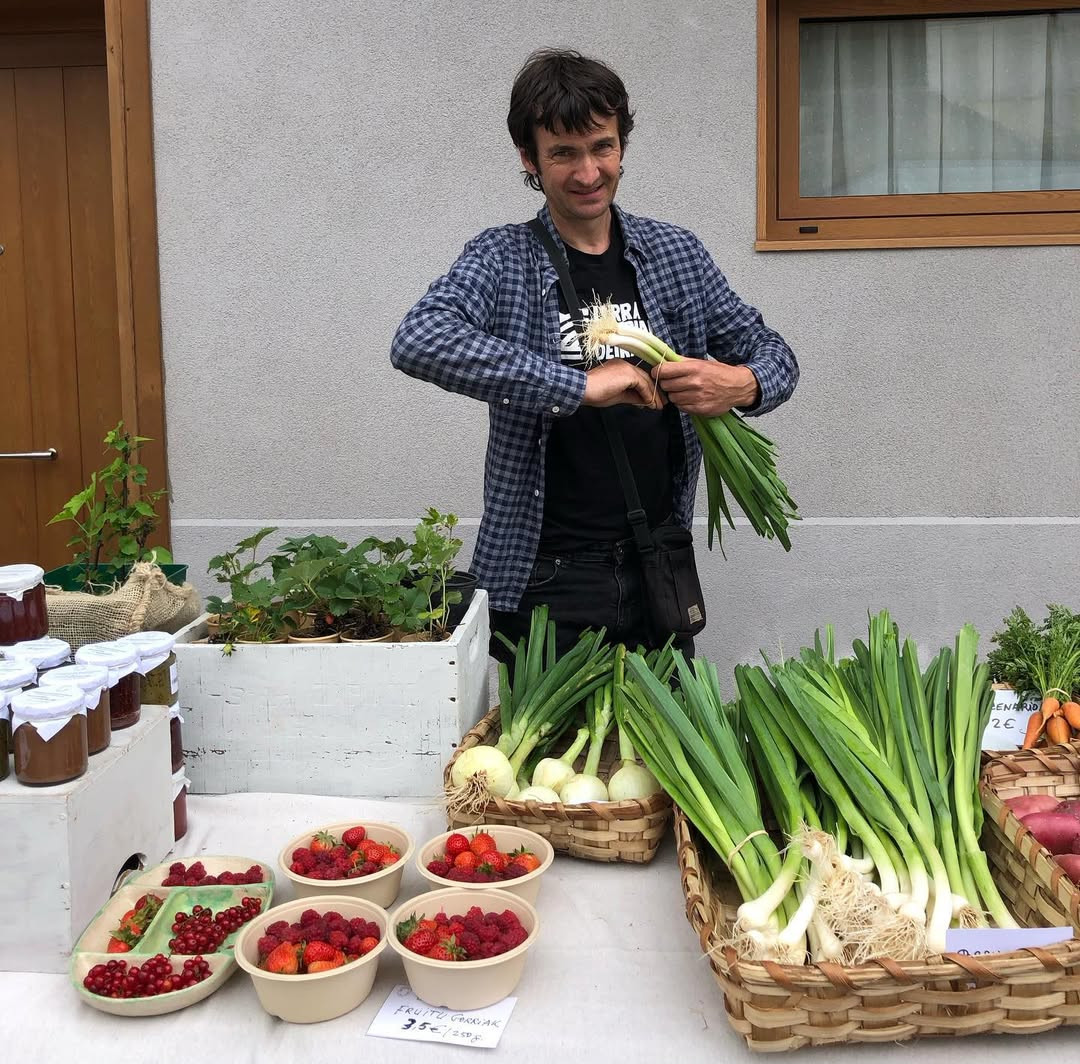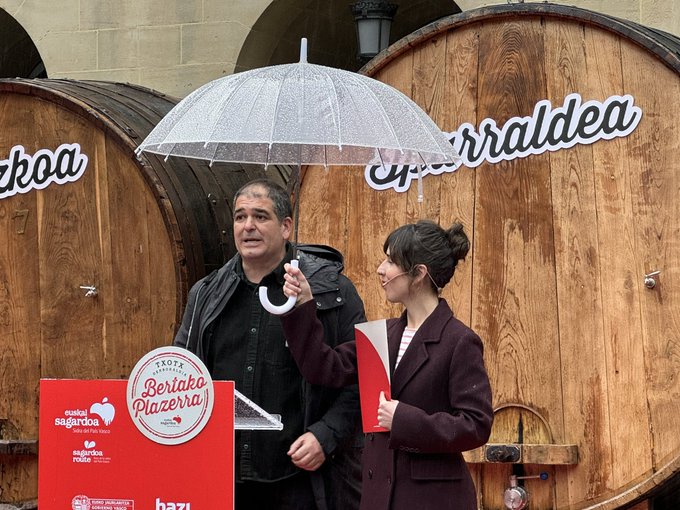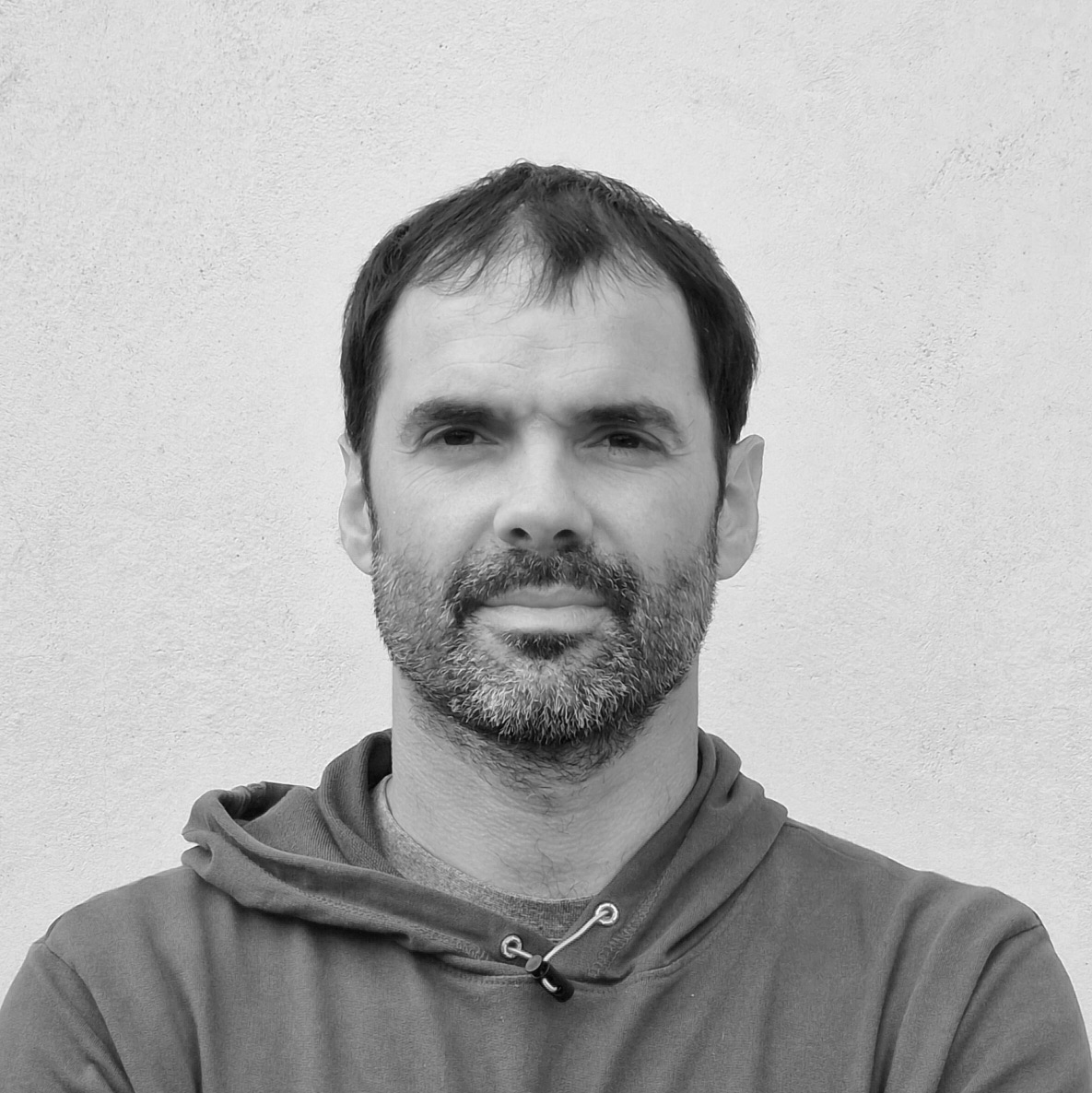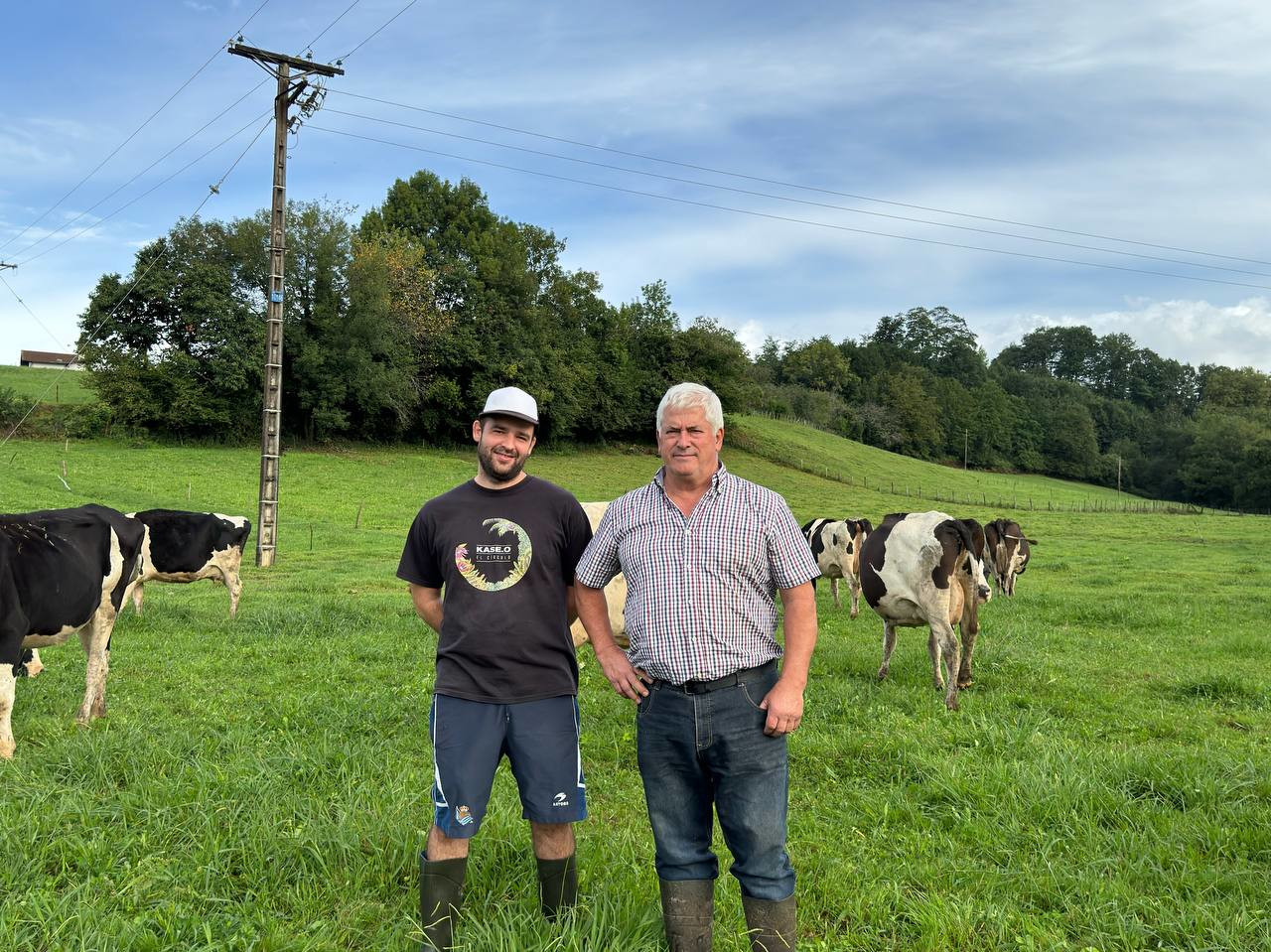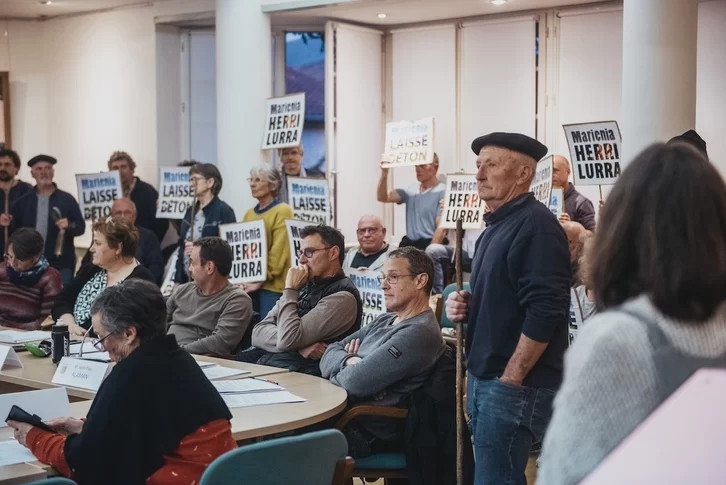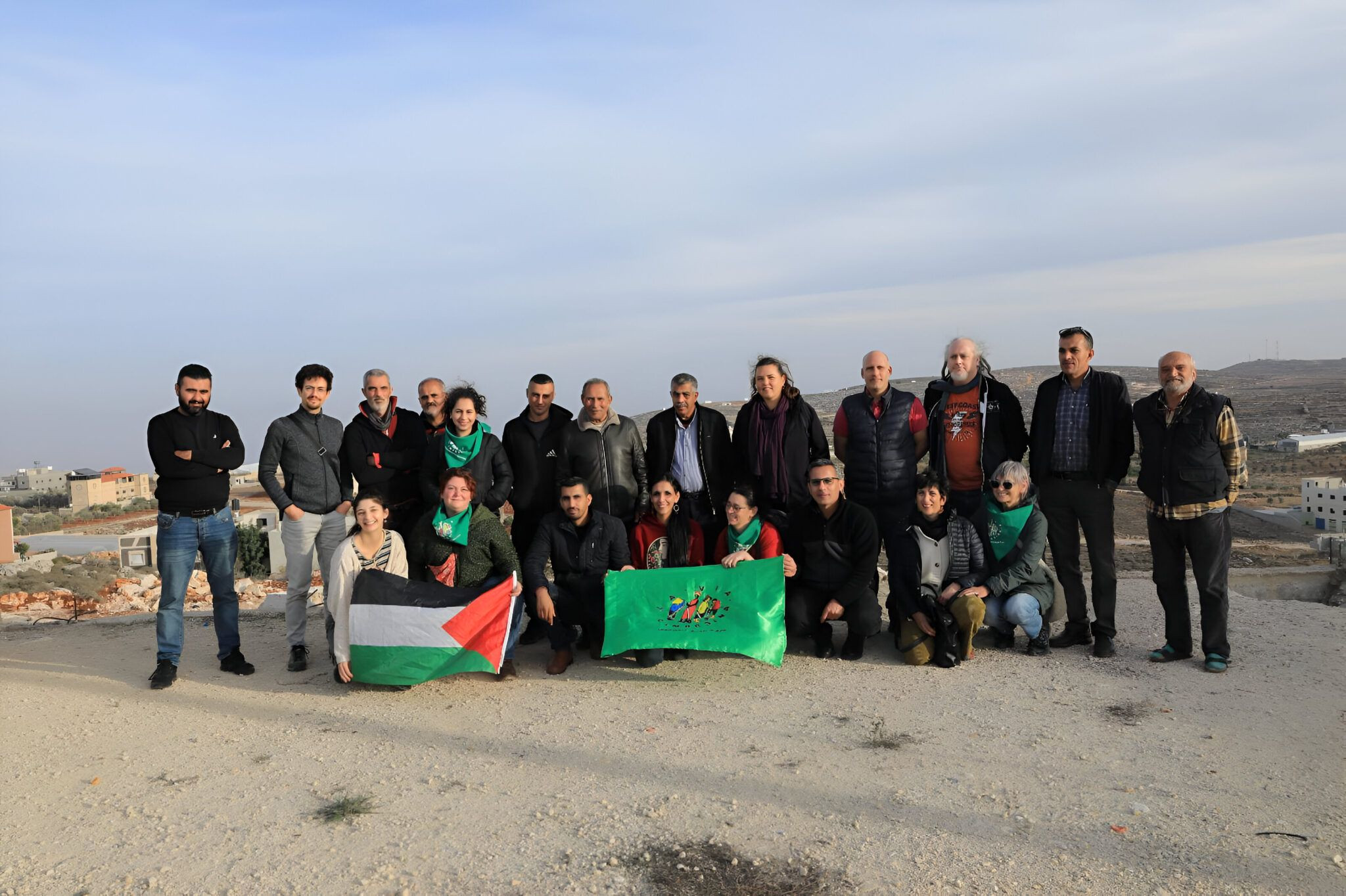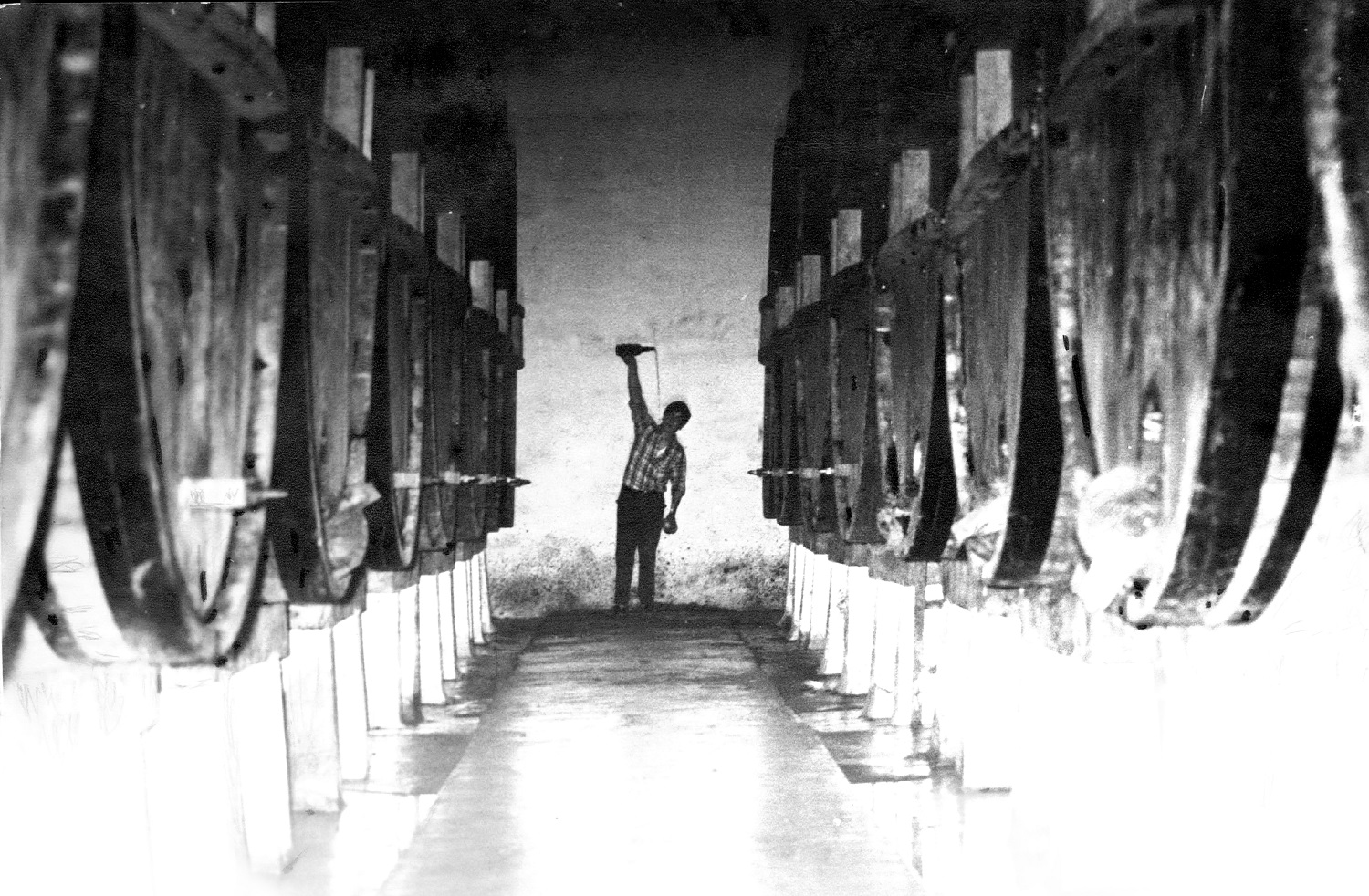To remove poisons from homes
- A decree of 25 December will oblige farmers dispersing pesticides to take shelter safety distances. The Pau Chamber of Agriculture has adapted the regulation to the department and started a public consultation, while, according to Cade and EHLG, discussions have been avoided.

An old demand is to move away from homes the dispersion of the poisons that are used in crops. Chemicals have become a basic tool of the conventional system for the removal of mammals, herbs or fungi from farmland. Since the World War. The French Government took the first step in a decree on 27 December 2019 to adopt measures to protect homes and again highlighted the opposition of two sides: those who call pesticides poisons and those who call plant protection products.
Iban Pebit, representative of the FDSEA trade union, designates them with the latter name. The Pau Chamber of Agriculture clarifies that the legislation drafted is the result of the law: “We had a debate with all the unions that were there, and we all agreed that such regulations should be transposed by the Chamber of Agriculture, because the law said that agriculture professionals had to do so.” The Cade Association, which is dedicated to the environment, denounces that farmers have done so alone. “We have to move forward, but no one has been consulted to draft the regulations, to start in this department. Only the FDSEA and JA unions. It has been done in secret, without citizenship,” in the words of ecologist Laurent Thieule.
The decree seeks to establish the distance that must be respected to the homes closest to the growing fields where pesticides are spread, but leaving each department free to adapt to the territory the specific regulations. In Pau, the minimum distances have been selected, as in the growing areas of Ipar Euskal Herria, it is estimated that “many hectares will have lost”, according to the FDSEA representative. Iban Pebet: “The law says that in some cases we could go from ten to five meters and from five to three meters, but if a public consultation is made and the farmer uses the necessary material.” Part of this material is the size of the pesticide fragrance propagation pipes, which disperse in a larger or narrower area depending on their size.
Criticism of the consultation
Although they consider it a positive "first step" to establish security distances, the Cade Association and the Basque Country Chamber of Agriculture (EHLG) have publicly denounced the ways of making the FDSEA trade union. Firstly, not having consulted the ELB, EHLG or citizen associations to draft the regulation. The ELB trade union has not participated because it boycotts the sessions of the Pau Chamber, according to Pete: “If you haven’t been a union at meetings, it’s your problem.” He adds that the Coordination Rurale association which participated in the meetings, for example, did not agree, did not want any security measures.
After its drafting, on 27 March the regulation was launched on the website of the Pau Chamber of Agriculture, to be consulted and commented on until 1 May, the date on which the confinement may delay the deadline. Iker Elosegi, a worker of the Basque Country’s Chamber of Agriculture, has detailed the criticisms: whoever wishes can see that the same person can “fill the questionnaire a thousand times”. This, in his view, “shows that it is not serious, neither formal nor essentially.”
Both associations regard consultation as astute. Thieule has been working on environmental issues for 25 years and “it is a common method”, he has seen, “to form a consultation to give a guarantee to the text or silence the opposition.” For his part, Iker Elosegi believes that “the logic that exists in the FDSEA genes is to think about the things linked to agriculture that only farmers have to decide.”
The member of Cade, for his part, has denounced that in some of the measures of the premium regulation vagueness is: “The farmer is left the freedom to decide whether the housing is occupied or not, because it is a great property or not… There are no limits, there is nothing defined. The farmer decides whether he can spread pesticides or not.”
Thieule refers to some special cases, defined in the regulations, where the maintenance of safety distances is not necessary for the dispersal of pesticides: Specifically, housing units that are “great land properties” or that, after the dispersion of pesticides, are “empty for at least two days”. “It’s ridiculous,” according to Cade’s member, because it has not been defined what “the great property of the land” is or how you can tell if the housing is empty. In his view, it would be more reasonable for a “case by case” reflection to be carried out in the houses of the people.
The law as the axis
The purpose of the Decree is to regulate the use of certain chemicals, some of which, being considered low level, do not require a safety distance, others are endocrine disruptors, with which a distance of 20 meters must be maintained between the dissemination area and the surrounding houses, and finally, there are products that have been authorised to be marketed and others that have determined a safety measure, the use of which is regulated.
The FDSEA representative clarified that “the idea was not to leave farmers in front of a wall.” In his words, losing the right to treat five, ten or twenty meters of the dwellings, “the large areas would be lost” to the farmers; “we prefer the farmer to have his tank to save his plant”. That is to say, the distances have been moved to the minimum distances allowed by the regulations, so that the products are dispersed in the broadest possible space.
The “ports” suffered by plants with the wet climate of the Basque Country are numerous according to the farmer, and the use of pesticides is not done “with pleasure”, he stressed: “The products have a considerable cost, but on several occasions we cannot do anything else to oppose a port.” He says that they need tools and that they are “formats and equipped” to use those molecules.
People who work in biological cultivation don't use any poison. But Pebee is clear that in this system “performance is reduced” and thus profit prices increase: “You don’t need systems against the other: you need all of them. Some buy the biological, paying more money, and you need farmers in the biological, but others buy the conventional, and we prefer that benefit in France, because we know that you do not do it with the same rules when you come from elsewhere. It’s better here.” Asked about the risk of some molecules, rely on marketing authorisation procedures for chemical pesticides: “I don’t know how to do it properly, but these products have been researched and no one says what products to use. It is the State that manages this list.”
Poor research
The latest scientific research known by Laurent Thieule on the influence of venom diffusion dates from the 1980s. The results of the research recommended distances between 10 and 20 meters, “but they added that they did not know well, because they lacked elements”. In addition, the research focused on the dispersion in good condition, while the peasants do it “when they can”, as in Thieulen, not on the days when there is no wind by force. He has no kind words about the union run by the Pau Chamber of Agriculture: “For everything that moves the crop, FDSEA does incredible lobbying work. They are happy that they do not have much information about the spread of poisons.”
Although for the FDSEA member the marketing authorisation is a safety guarantee, it is not for Elosegi. Raises the question: “Seeing how weak the knowledge of these poisons is, where have these distances come from?” It recognises that, before consulting a marketing authorisation, the way is long for the invention of new molecules, as the laws make it difficult and a lot of money has to be put on the table for the first research. Once a product has been invented, a marketing authorisation should be requested. Elosegi: “Although the goal is to remove an herb or a mamutxa, doses can be determined to use a molecule, etc… but there is no idea what that molecule plus another can produce. These administrations and permit providers are in the hands of lobbies, and it is not their interest to know the interactions between molecules”.
He sees sufficient similarity with the tobacco or asbestos industry; in the case of both industries, Elosegi recalls that they have pursued one argument, despite suspicions for years: “They said he was not tested for asbestos [disease], and the same for tobacco.” However, he added that some of the data that may be relevant are in the hands of the MSA farmers’ social security, although in his reports “they have never given such data” from what he knows.
Obviously, the removal from the dispersion of poisons from the homes has been presented as a measure of citizen protection, but the farmers themselves are in argén, according to the EHLG staff: “It is clear that there is increasing awareness. Maluruski, this awareness is taken in a very violent way, because they feel. There are proportions in some cancers that differ between farmers and agricultural workers.”
The Cade Association has recalled some fresh examples in which it warns of the seriousness of some pesticides such as: In 2019, the molecule called metam sodium, which had been given marketing authorisation, was banned after 80 people who were intoxicated. Last year the marketing authorisation for 34 products of the same type for health damage was withdrawn. The representative of FDSEA also knows: “I wish we didn’t use some products anymore! We always hear that some molecules come out of the market because they're too strong and there's no problem." In his view, the consequences of the new rules should be calculated in a few years.
The Cade Association has sent a letter to the prefect of the Atlantic Pyrenees to denounce the regulations of the pesticide department that has gone to the public consultation, as it will be the prefect himself who will have the last word. The association asks for the withdrawal of the regulations and for the pooling of farmers, some participants and citizens. But they don't expect an answer. At best, according to Thieulen, “some articles may be removed from the rules.” He adds that they understand the difficulty of farmers, “who are prisoners of this system, but at the same time we are faced with a huge problem of complements”.
Datorren astean Departamenduko Laborantza Ganbarako hauteskundeak ospatuko dira Ipar Euskal Herrian. Frantzia mailako FDSEA eta CR sindikatuez gain, ELB Euskal Herriko Laborarien Batasuna aurkezten da, "euskal laborarien defentsa" bermatzeko.
Euskal Herriko Laborantza Ganbera elkartearen hogei urteak ospatu zituzten asteburuan Ainhize-Monjolosen. 2005eko urtarrilaren 15 hartan sortu zuten Lapurdi, Baxenabarre eta Zuberoako laborantzaren garapena –hori bai, iraunkorra eta herrikoia izan nahi duena–... [+]
Departamenduko Laborantza Ganbarako hauteskundeen kanpaina abiatu da. Urtarrilaren 14an bozetara aurkezten diren hiru sindikatuen ordezkariekin bi oreneko eztabaida sakona antolatu zuten Euskal Hedabideek, osoki euskaraz.









